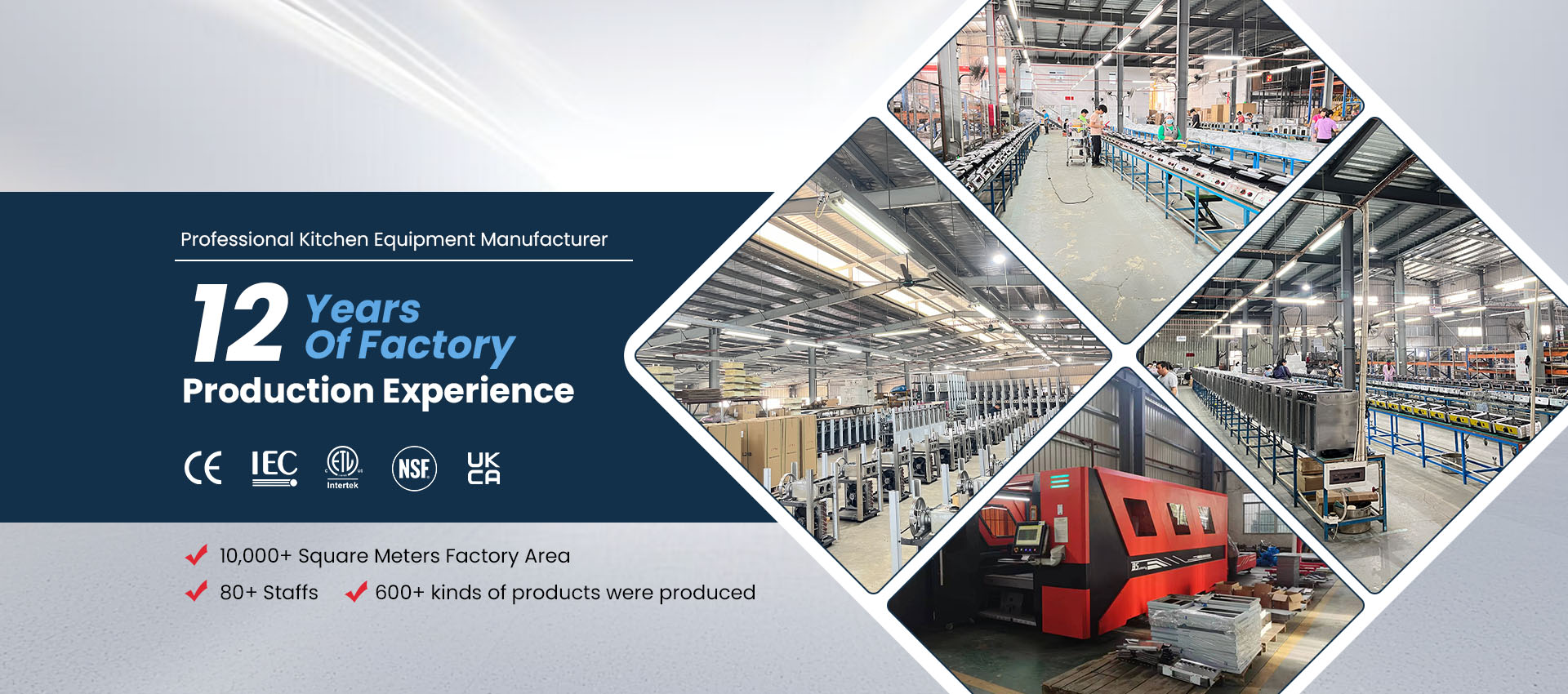How To Convert A Gas Deep Fryer To Propane
If you own a gas deep fryer originally designed for natural gas, you might wonder whether you can convert it to propane for use in locations without a gas line or for mobile setups like food trucks and outdoor kitchens.
The good news: yes, most Gas Fryers can be converted to propane, but it must be done correctly and safely using the proper parts and professional procedures.
Understanding the Difference Between Natural Gas and Propane
Before attempting a conversion, it’s important to know that natural gas (NG) and liquefied propane (LP) have different combustion characteristics.
| Feature | Natural Gas | Propane |
|---|---|---|
| Energy per cubic foot | Lower | Higher |
| Gas pressure | Lower | Higher |
| Orifice size | Larger | Smaller |
| Fuel supply | Piped line | Tank or cylinder |
Because propane burns hotter and under higher pressure, a natural gas fryer cannot safely use propane without modification. The orifices, regulator, and sometimes burner configuration must be adjusted to handle the different fuel.
What You’ll Need for Conversion
Most fryer manufacturers sell a conversion kit that includes:
Correct-size LP gas orifices
A propane-rated regulator spring or assembly
New gas identification labels
Detailed conversion instructions
Always purchase the kit that matches your fryer’s brand and model. Using incorrect orifice sizes can lead to incomplete combustion, soot buildup, or flame instability.
Step-by-Step Conversion Guide
Safety first: Always have a licensed technician perform the conversion. Gas pressure adjustments require specialized tools and knowledge.
1. Shut Down and Disconnect
Turn off the fryer, close the gas supply valve, and unplug the unit. Wait until it cools completely.
2. Replace the Orifices
Remove the natural gas orifices from the burner assembly and install the smaller propane orifices from the conversion kit. These control the gas flow rate appropriate for LP.
3. Change or Adjust the Regulator
Replace or recalibrate the pressure regulator to match propane’s higher operating pressure. The regulator ensures consistent gas delivery for clean, stable flames.
4. Inspect the Burners
Reinstall all components and ensure the burners are properly seated. The flame should be steady blue, not yellow or flickering. If the flame is unstable, recheck the orifice size and regulator settings.
5. Perform a Leak Test
Before relighting, apply a soapy water solution to all gas connections. Turn on the propane supply slightly — if bubbles appear, tighten fittings and test again. Never test for leaks with an open flame.
6. Re-Label the Fryer
Affix the LP gas label from the kit to indicate that the fryer now operates on propane. This helps technicians and users avoid future mistakes.
Safety and Legal Considerations
Conversions should only be done by qualified gas technicians following local safety codes.
Improper conversions may void the warranty or violate gas certification standards.
Ensure adequate ventilation and maintain regular maintenance to prevent carbon buildup.
Propane tanks must be stored upright and at a safe distance from heat sources.
When Conversion Is Not Recommended
If your fryer is old, lacks a manufacturer conversion kit, or has corrosion around the burner manifold, it’s often safer to replace it with a new propane-ready model. Modern propane fryers are optimized for efficiency and safety, making them better long-term investments.
Benefits of Using Propane
After conversion, your fryer becomes more versatile:
Portable: Ideal for outdoor kitchens, mobile catering, or food trucks.
High energy output: Propane delivers more BTUs per cubic foot, heating oil faster.
Reliable off-grid fuel: Works without a municipal gas connection.
These advantages make propane a popular choice among chefs who need flexibility and power.
Final Thoughts
Converting a gas deep fryer to propane is possible and practical — as long as it’s done using the right conversion kit and professional service. Never connect propane directly to a natural-gas fryer without modification, as it can cause dangerous over-pressurization and damage the equipment.
If you’re planning a kitchen upgrade or outdoor cooking setup, explore MLP Kitchen for a wide range of professional gas fryers, built-in appliances, and reliable guidance for safe installation and performance.



